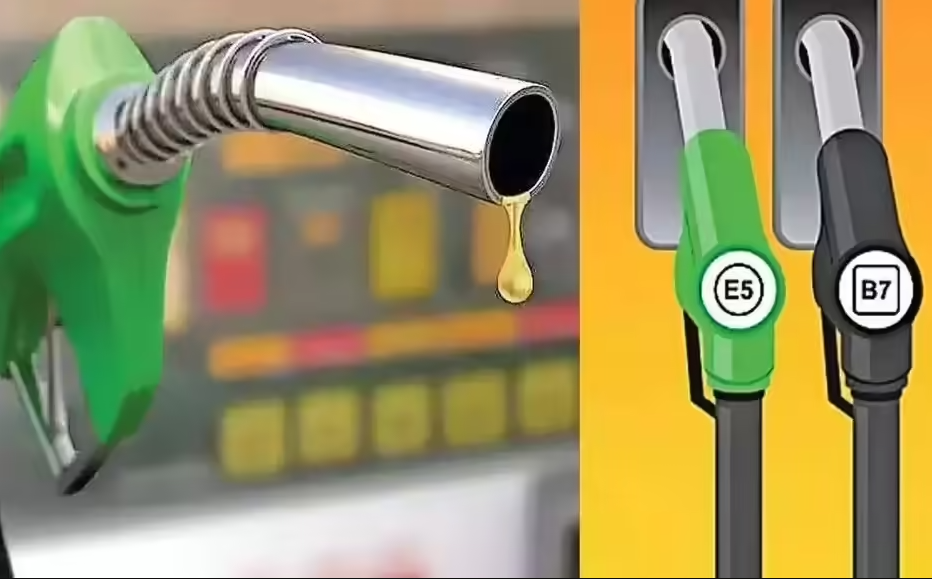India’s rapid shift to E20 fuel, a petrol blend with 20% ethanol, is generating widespread backlash from drivers across the country as concerns over engine damage, reduced mileage, and lack of consumer choice dominate headlines and social media.
What Sparked the Backlash
In an ambitious push to cut oil imports and carbon emissions, India accelerated its E20 rollout—five years ahead of schedule—turning the cleaner-burning fuel into the new norm at almost all of its 90,000 fuel stations. However, the move caught millions off guard, especially those driving models manufactured before 2023, which typically aren’t designed to handle high-ethanol blends. Reports are pouring in of engines suffering from corrosion, rough starts, stalling, and a drop in fuel efficiency by as much as 15–20% in real-world driving, far above the government’s estimate of just a 1–6% dip.
Voices from the Road
The backlash is visible everywhere: social media platforms are filled with anecdotes of costly repairs, drivers facing warranty denials, and mounting frustration at the lack of alternate fuel options. Petrol pump operators also face abuse from customers, leading many to stop informing consumers about the blend they’re receiving. Most of the carmakers have issued cautionary notes, recommending system upgrades for bikes and cars made before 2023, while fuel companies share disclaimers about potential risks.
Comparing with Global Models
Unlike Brazil, which spent decades educating consumers and incentivizing the use of flex-fuel vehicles that can run on multiple blends, India’s rollout feels abrupt to many drivers. There’s little transparency at the pump—the ethanol mix is seldom displayed—and blended fuel isn’t sold cheaper than pure petrol, offering no economic carrot for the average motorist.
Government’s Response and Environmental Stakes
Officials highlight the green benefits: E20 is estimated to reduce carbon emissions by nearly 30%, while the nationwide program saved about $1.5 billion in foreign exchange last year alone. But behind these gains lurk trade-offs. Rising ethanol demand shifts crops like sugarcane and maize away from food production, potentially threatening availability and prices for both people and livestock.
Where Does the Road Lead?
As the Supreme Court prepares to hear petitions against the mandatory switch, drivers demand clearer communication, engine compatibility protections, and the right to choose their fuel blend. The transition to E20 marks a paradigm shift for Indian mobility—with green ambitions clashing head-on against everyday realities on the road.
Key Takeaways
- E20 fuel rollout in India has led to major driver backlash, especially from those with older cars.
- Top complaints include engine damage, significant fuel efficiency loss, lack of transparent labeling, and absence of consumer choice.
- The government champions environmental and energy benefits, but critics warn of food security issues and demand more public awareness and support for vehicle upgrades.
- The issue remains hotly debated, fueling social media commentary, court cases, and urgent calls for policy refinement.

Roadscoop editorial a team of is a passionate automotive enthusiasts and industry experts dedicated to bringing the latest news, trends, and insights to RoadScoop.com readers. With a keen eye for innovation and a deep understanding of the automotive world, we covers everything from car reviews and maintenance tips to industry updates and market trends.

